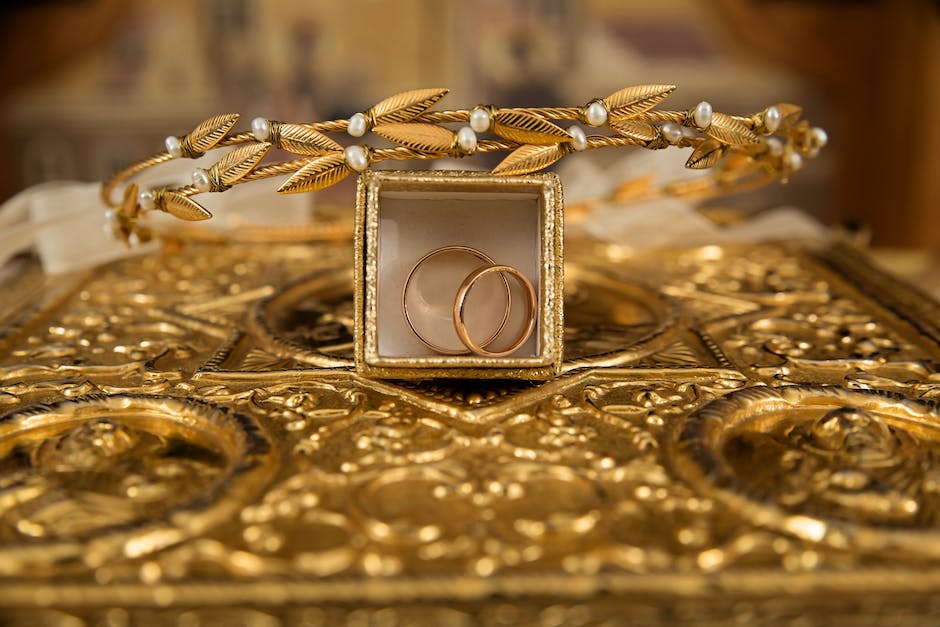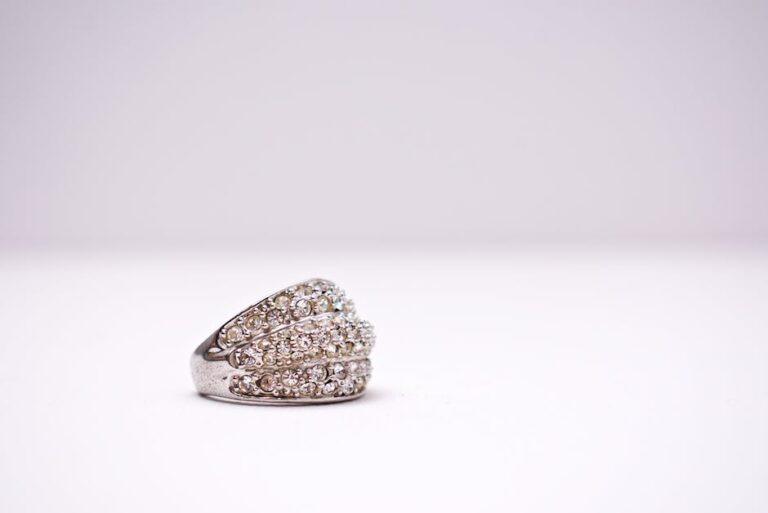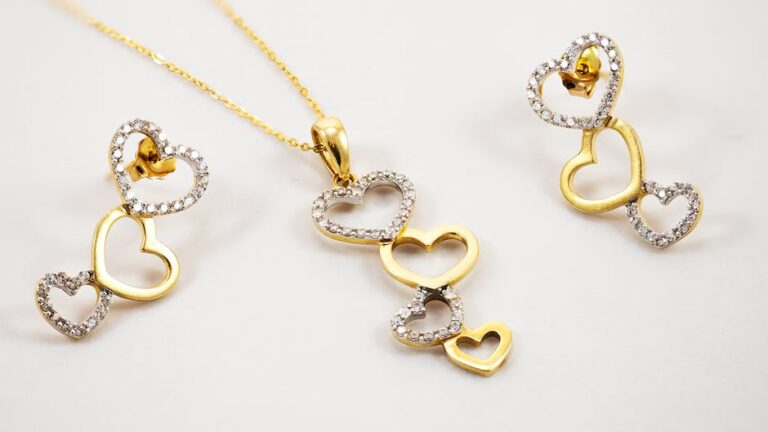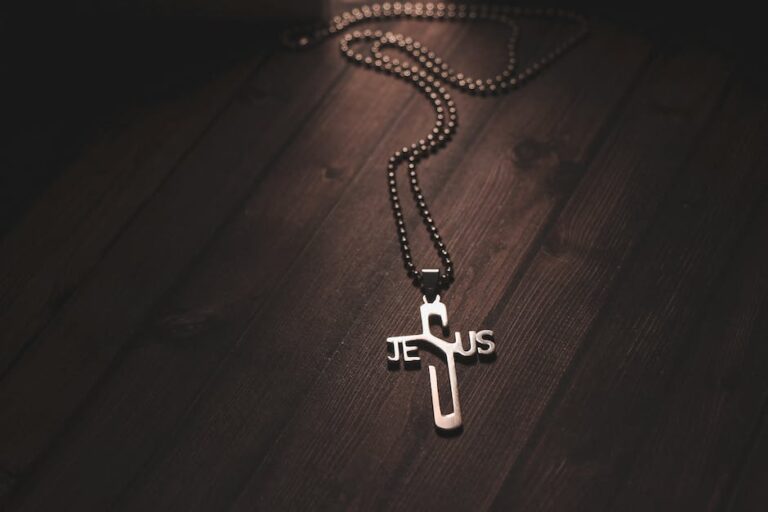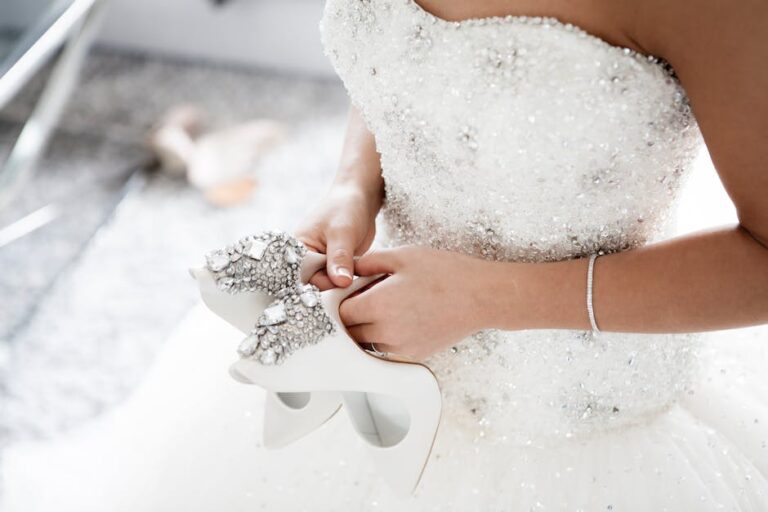The History of Gold Jewelry: From Ancient Civilizations to Modern Luxury
Gold is one of the most treasured metals in the world. Its rarity, beauty, and durability have made it a favorite among kings, queens, and celebrities for thousands of years. The earliest record of gold dates back to the 4th millennium BC, where the Egyptians used it to create objects of great value, including jewelry for their Pharaohs. As time progressed, other civilizations, such as the Greeks and Romans, adopted the use of gold to create pieces that symbolized power, luxury, and prestige. The popularity of gold continues to this day, with modern designers creating stunning pieces that reflect the evolving tastes of society.
Ancient Egyptian and Greek Gold Jewelry
The ancient Egyptians believed that gold symbolized immortality and divinity, and as such, they used it liberally in their jewelry. They crafted intricate pieces that featured depictions of gods and goddesses, animals, and other mythological creatures. Egyptian gold jewelry was also symbolic of one’s rank and status – the wealthier and more powerful a person was, the more elaborate and ornate their jewelry would be. Greeks, on the other hand, preferred simpler yet elegant designs, often featuring gemstones and pearls. Gold was also a popular adornment for armour and helmets, showing off their strength and wealth.
Roman and Byzantine Gold Jewelry
The Romans inherited the use of gold from the Greeks, but they took it a step further by incorporating colored gemstones and enamel into their designs. They also used gold to create elaborate necklaces, bracelets, and earrings that often featured intricate patterns and designs. Byzantine gold jewelry was highly influenced by Roman and Greek art, but with a distinctly Eastern flair. It featured a combination of precious stones, pearls, and enamel, creating exquisite and elaborate pieces. One famous example of Byzantine gold jewelry is the “Tetrarchs” statue, depicting four co-rulers of the Byzantine Empire, which was adorned with gold and precious stones.
Medieval Europe and Renaissance Gold Jewelry
During the medieval era, gold jewelry was primarily worn by the nobility and royalty. The pieces often featured intricate designs and precious stones, such as rubies, emeralds, and diamonds. Crosses and other religious symbols were also popular motifs. Renaissance gold jewelry was characterized by its elaborate and intricate designs. These pieces featured intricate patterns and designs inspired by nature, and were often embellished with enamels and gemstones. Famous examples of Renaissance gold jewelry include the intricate necklaces and brooches worn by Queen Elizabeth I of England.
Gold Jewelry in the 18th and 19th Century
In the 18th and 19th centuries, gold jewelry became more widely available to the middle classes due to advances in technology that made jewelry-making more affordable. This era saw the rise of romanticism, which was reflected in jewelry designs that incorporated flowers, hearts, and love knots. Gold jewelry during this period also featured brightly colored gemstones and pearls. With the rise of industrialization, jewelry-making became more mechanized, and pieces could be produced on a larger scale, making gold jewelry more accessible than ever before.
The Rise of Modern Luxury Gold Jewelry
In the early 20th century, gold jewelry took on a new form with the Art Deco movement. This style was characterized by geometrical shapes and bold colors and was heavily influenced by Egyptian and Aztec motifs. The 1950s saw a return to more traditional designs, with gold jewelry featuring pearls, diamonds, and intricately woven chains. The 1980s saw the rise of “bling,” with gold jewelry featuring large gemstones and chunky designs. Modern luxury gold jewelry continues to be highly sought-after, with designers pushing the boundaries of traditional designs and concepts, incorporating mixed metals, unique gemstones, and innovative styles. Today, gold jewelry remains a symbol of status, wealth, and luxury, worn and treasured by people the world over.
Famous Gold Jewelry Pieces & their Stories
Throughout history, there have been many famous gold jewelry pieces that have captured the world’s attention. One such piece is the Hope Diamond, a 45.52-carat blue diamond that is set in a pendant surrounded by 16 white diamonds. Another famous piece is the Cartier Love Bracelet, which features a gold bangle that can only be removed with a special screwdriver, signifying the permanence of love. The Duchess of Cambridge’s sapphire and diamond engagement ring, which once belonged to Princess Diana, is also a famous piece of gold jewelry.
Each of these famous pieces of gold jewelry has its own unique story and history, making them even more valuable and sought-after today.
Investing in Gold Jewelry Today
Gold has always been a sound investment, and this is true for gold jewelry as well. The value of gold jewelry is based on its weight and purity, making high-quality pieces a valuable asset to own. Additionally, certain vintage and antique gold jewelry pieces can appreciate significantly in value over time. When investing in gold jewelry, it’s essential to consider factors such as craftsmanship, materials, and condition.
One way to invest in gold jewelry is to purchase high-quality pieces from reputable designers and retailers. Many luxury brands produce limited edition, high-end gold jewelry that is sure to hold its value and appreciate over time. Alternatively, antique and vintage gold jewelry can be purchased at auctions or through specialized dealers.
In conclusion, gold jewelry has a rich history that spans thousands of years and has been treasured by people from all walks of life. Today, gold remains a symbol of status, wealth, and luxury, making it a valuable investment and a timeless addition to any jewelry collection.

